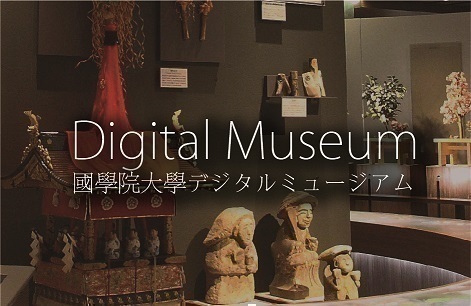- トップ
- Encyclopedia of Shinto
- Deguchi Nobuyoshi
Encyclopedia of Shinto
| Main Menu: | |
| Links: |
詳細表示 (Complete Article)
| カテゴリー1: | 8. Schools, Groups, and Personalities |
|---|---|
| カテゴリー2: | Personalities |
| Title | Deguchi Nobuyoshi |
| Text | (1615-9) A priest (shinkan) of the Outer Shrine (Gekū) at the Grand Shrines of Ise (Ise Jingū) in the mid-Edo period. His original clan name was Watarai, he had the common names Yosanjirō, Shinano, and Gudayū, and his epistolary names were Chokuan and Kōkodō. His formal name was Nobuyoshi, but out of deference he changed one of the characters in the name when Emperor Gosai received the posthumous name Nakahito (which used the same character his name had used). Deguchi was appointed Provisional Suppliant Priest (gon-negi) of the Outer Shrine at the age of six, and received the Junior Lower Fifth rank. He dedicated his life to the reconstruction of the learned traditions of the Grand Shrines, which had been reduced to ruins in the wars of the late medieval period. In 1648 he founded the library Toyomiyazaki Bunko as a center for the education of the Ise priesthood, and mixed with daimyō and courtiers as well as Confucians in order to collect books for this library. He had his students make copies of classical texts and other Shinto works that had been lost in Ise, or set out on trips to borrow and copy them himself. His work Yōbukuki (Record Complete on the Day of the Winter Solstice, 1650), which offers a plain account of Ise Shintō teachings, was published early in his life and served to spread knowledge of Ise Shintō among the general public. Emperor Go-Kōmyō perused this work and was much impressed with Deguchi's erudition. Deguchi's works strongly reflect the view, current at that time, that Shinto and Confucianism are ultimately one. He had a special interest in the Ijing (the Book of Changes), and argued that the Way of the kami and the Way of the Ijing are identical. Deguchi exerted influence on Shinto in the Edo period and had contacts with Yamazaki Ansai. In 1670 he became implicated in a conflict with the Inner Shrine (Naikū) over the inscriptions on divine amulets tablets distributed by pilgrimage masters (onshi) of the Outer Shrine, and was forced to retire from public life. He died on the sixteenth day of the first month, 1690, at the age of seventy-six. -Yazaki Hiroyuki |




